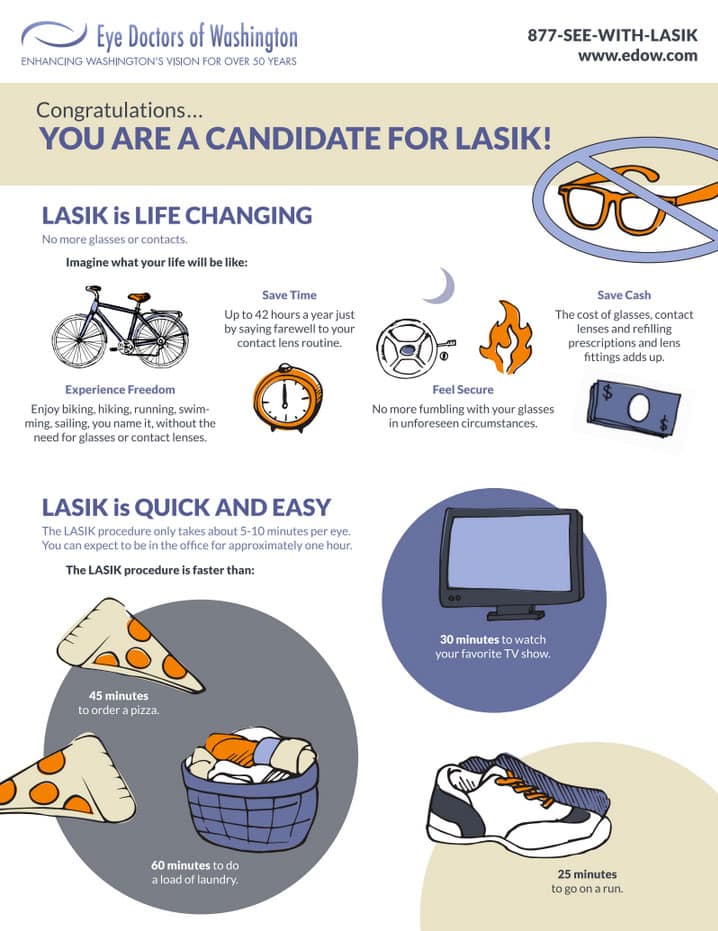Comprehending The Various Types Of Intraocular Lenses For Cataract Surgery

Article by-Hinson Storm
Throughout cataract surgery, your natural lens is eliminated as well as replaced with a synthetic lens. Your cosmetic surgeon will certainly talk about with you the various sorts of IOLs available to reduce or eliminate your demand for glasses after surgery.
Conventional IOLs have one focusing range and are generally established for clear distance vision. you could try here , likewise called multifocal or accommodative lenses, have zones with various concentrating staminas to permit you to see far and wide items without glasses.
Monofocal IOLs
Requirement monofocal lenses are used most often to remedy cataracts during a treatment called refractive lens exchange (also referred to as clear lens exchange). The cataractous all-natural lens is replaced with a synthetic one, causing enhanced vision.
These IOLs provide clear vision at a solitary range. https://squareblogs.net/blanch793emmanuel/frequently-asked-questions-regarding-refractive-surgical-treatment-answered are normally set to optimize your range vision, but you will certainly still need reading glasses for close to things.
Read More On this page are made from an acrylic material that is adaptable as well as collapsible. This permits your ophthalmologist to place them right into the exact same incision whereby your natural lens was eliminated throughout surgery. Your ophthalmologist can review your IOL choices with you and suggest the most effective course of action for your visual needs.
Multifocal IOLs
These superior lenses give a range of focus regions, eliminating the need for glasses to see up close, far or in between. This is accomplished with multiple especially created focusing powers or by accommodating (changing shape) the lens. It may take a while for your brain to adapt to these lenses, but the vision they use is well worth the initiative!
These lenses are divided into 2 primary categories based on how they bend light to create several retinal photos. They can be classified as refractive multifocal and also diffractive multifocal lenses.
Refractive Multifocal IOLs have multiple curvatures to develop "refractive zones" that bend light to create multiple retinal photos with different dioptric powers. This enables a higher level of picture quality without depending on the size of the pupil. Instances consist of the Tecnis Multifocal and Panoptix.
Toric IOLs
In people with astigmatism, the curve of the cornea is slightly imperfect, so light going into the eye is not concentrated in one spot on the retina. This causes fuzzy vision. During cataract surgery, toric IOLs are straightened so the lens's steepest portion matches this curve as well as creates clear, sharp vision.
Toric IOLs are a terrific choice for individuals that need cataract surgery as well as intend to minimize their dependence on glasses or call lenses. Nonetheless, a toric IOL needs to be completely straightened for optimal visual end results. For each 3 levels of imbalance, the IOL is 10% less efficient.
To lessen the danger of postoperative IOL rotation, the ophthalmic viscoelastic tool (OVD) need to be completely gotten rid of from the capsular bag prior to IOL insertion. Throughout this action, the cosmetic surgeon must thoroughly note the steepest factor of the cornea to assist direct the IOL's axis after it is implanted. This helps prevent the individual from needing to undertake surgical treatment once again to have the IOL re-aligned.
Expanded Deepness of Focus (EDOF) IOLs
A brand-new modern technology has lately arised in the treatment of presbyopia called Extended Deepness of Focus (EDOF). These lenses use a solitary extended focal point to improve range of vision. The resulting lenses do not have the several points of emphasis of multifocal IOLs, which can trigger halos and glow for some patients.
A suitable EDOF lens would certainly offer a sharp emphasis over an array from plano to -1.50 D, allowing people to see near, intermediate, as well as range items without glasses. The initial EDOF IOL to be presented was the diffractive style of the Tecnis Symfony IOL, which makes use of light-splitting rings to expand the range of vision. Nonetheless, this layout can create a decrease in contrast sensitivity that numerous patients do not endure well.
A newer non-diffractive EDOF IOL is the Vivity IOL, which combines aspheric optics with a pinhole layout to raise deepness of focus. This design lowers caused aberrations and might result in far better contrast level of sensitivity, though it does not completely proper for astigmatism or enable functional near vision.

